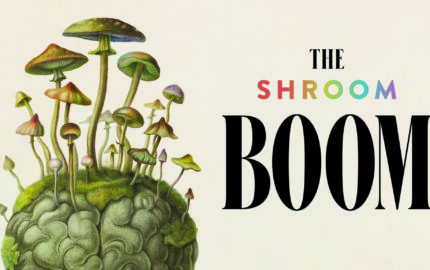A sign of the times… or, to be wordier but more precise, a sign of my obsessed mind in these divisive times in these dis-United States …
My closest friend’s husband reads comic strips. He has done this as long as I’ve known him, which is some 45 years now. He reads the rest of the newspaper, too, bless his old-school heart, but starts with the comics. He clips his favorites, saving some and sending others to friends far and wide.
I was CC’d on the one above this week. The email header simply said “For my editor.” That’s my friend, his wife, who proofreads the posts he writes for his photography blog, which is followed, he claims, by “tens of subscribers.” (If you’re interested in the graves of dead U.S. presidents, vice presidents and Supreme Court Chief Justices, state capitol buildings, churches or Major League baseball stadiums, you should check it out. He has a fascinating way of looking at buildings and nature. He also offers occasional and very practical tips on photography that resonate with me as a writer, like the one we featured in Storyboard awhile back.)
Anyway (I said my thoughts were scattered), I took a quick glance at the cartoon as I raced through the mess of my morning inbox. It was from the strip Non Sequitor by Wiley Miller, who is one of the sender’s favorites. I at first mistook it as a political cartoon with petroglyphs representing our two-party system: The Republicans’ elephant and the Democrats’ donkey. (Maybe prehistoric donkeys had antlers?) I thought perhaps the middle bison-like image was some statement by frustrated citizens on both sides of the divide who think it’s time for a functional third party to rise up in a bid for civility. (Which now has me wondering about the relative behavior of bison, mastodons and antlered donkeys.)
Random thoughts and story insights
That’s another wandering distraction but letting myself think this way can sometimes lead to an insight that sparks a creative metaphor or find patterns in a complex story or ask more interesting questions. It also can be annoying — for me and the hapless listener/reader who stumbles into the thicket.
A second look at the cartoon revealed, of course, that it’s a clever wink at the “grammar police.” And where that takes me is back to a core belief that storytelling has always been with us, as have core story forms. When the cave-dudes took ochre to rock, they were trying to inform, engage and make meaning for others. Perhaps they were expressing religious beliefs. Perhaps they were alerting people who passed by that there was a saber-toothed tiger threatening the ‘hood. Perhaps they simply wanted to help their children know their small patch of an unknown world.
It also reinforced by core belief that all writing is enhanced by respect for a few consistent rules. Things like grammar, syntax, punctuation, style and even spelling can and must flex with the times. But in writing that serves others — as journalism must — clarity is grounded in a basic consistency. Why make a reader struggle through a non-sequitur that muddles the message? If there really is a hungry tiger on the prowl, you don’t want the readers to waste time arguing about whether saber-toothed should be hyphenated or is one word.
On that note, I invite you to Google “saber-tooth” and go down your own rabbit hole of inconsistency. My understanding of the AP Style Guide calls for a hyphen. National Geographic makes it one word. Other places make it two words, no hyphen. Some use upper-case; others don’t.
That might seem like a why-bother-diss on style and grammar rules. Rather, it means honoring the usage for the publication or culture you’re writing for and remaining consistent within a story.



